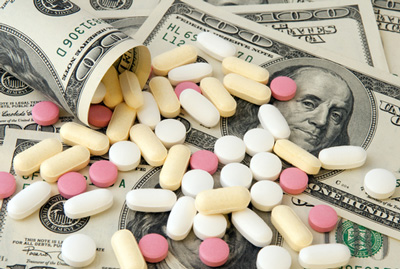Global NSCLC treatment market value to rise to $10.9 billion
Posted: 17 November 2015 |
GBI Research says that the introduction of novel immune-checkpoint inhibitors, such as Opdivo and Keytruda, will drive the market…


The global non-small cell lung cancer (NSCLC) therapeutic market value will rise from $6.9 billion in 2014 to $10.9 billion by 2021, according to analysis from business intelligence provider GBI Research.


The Company’s latest report, Non-Small Cell Lung Cancer Therapeutics in Major Developed Markets to 2021, states that this increase will occur across the eight major markets of the US, Canada, UK, Germany, France, Italy, Spain and Japan.
Senior Analyst Joshua Libberton explained, “New therapies will capture a significant share of the second-line treatment space. As well as strong clinical performances commanding premium pricing, they are expected to increase the degree of segmentation in the NSCLC therapeutics market and add further complexity to the treatment algorithm.
“The majority of new drugs will target the second-line treatment of NSCLC in both squamous and non-squamous patient subsets, leading to a crowded treatment algorithm for these patient populations. Ultimately, due to their strong clinical performances, immunotherapies will have a greater uptake than other second-line market entrants, such as Custirsen and Rociletinib.”
Forecast period sees the launch of two first-line NSCLC treatments
GBI Research’s report also states that the NSCLC therapeutics market will see the launches of two first-line treatments for squamous cell patients during the forecast period, namely Necitumumab, which is due to launch in early 2016, and Yervoy (ipilimumab) in 2017.
Libberton continues: “The squamous patient subset is currently very limited in terms of first-line treatment options, meaning these new drugs will be important for driving market growth and improving patient outlook.
“While generic chemotherapies will remain an integral aspect of NSCLC treatment, with platinum-based regimens being crucial in the first-line setting for all patients and docetaxel being a key therapy for second-line patients, their market share will slowly decline by 2021 as new premium, targeted therapies enter the arena.”




